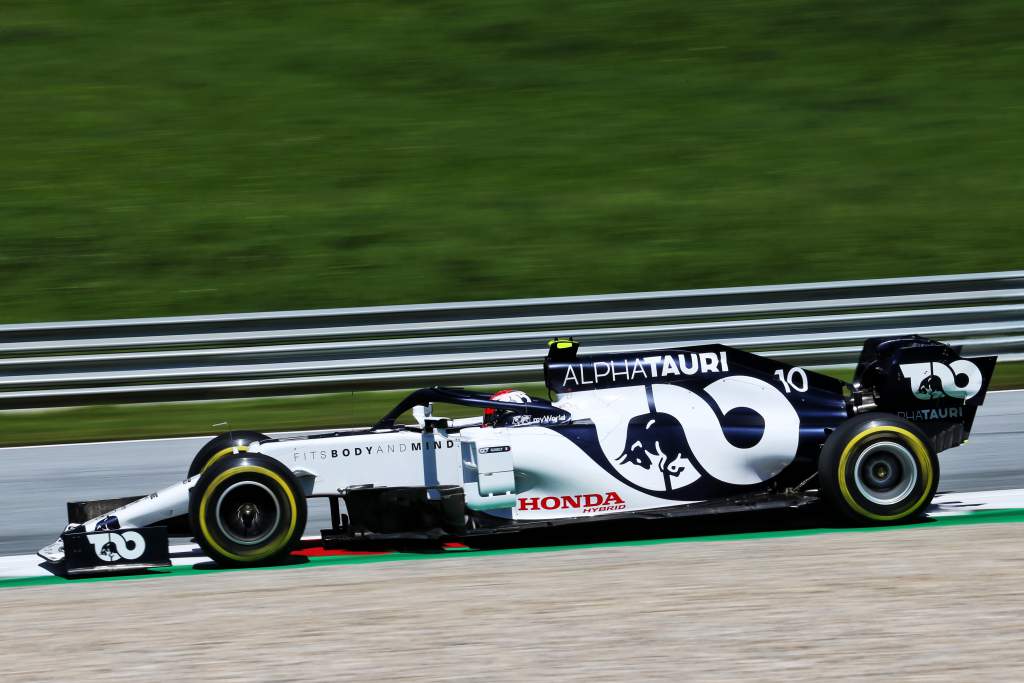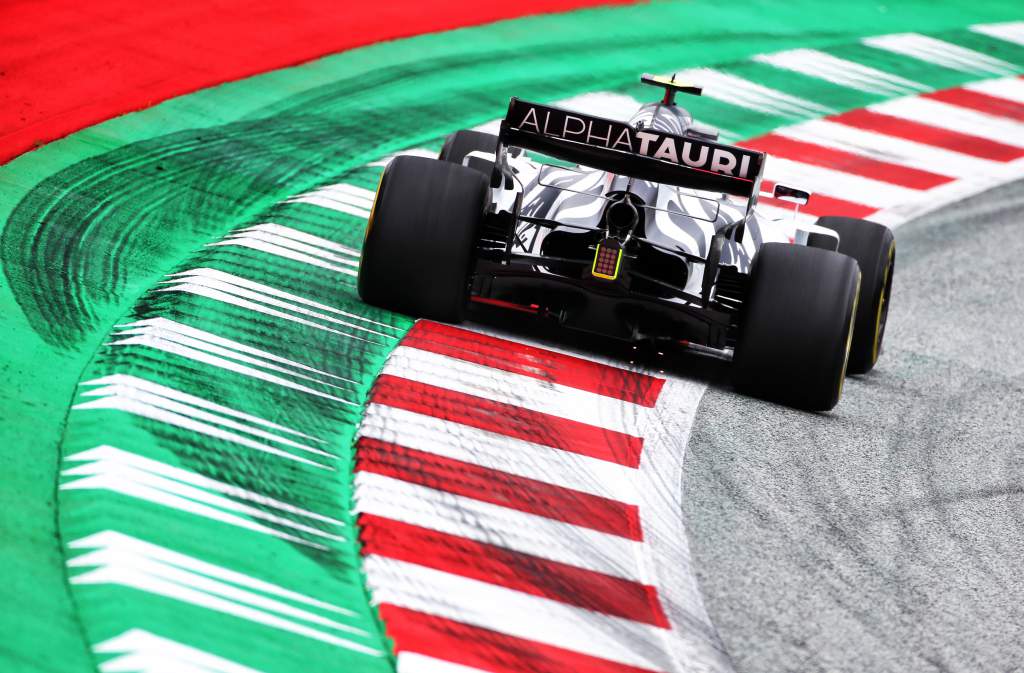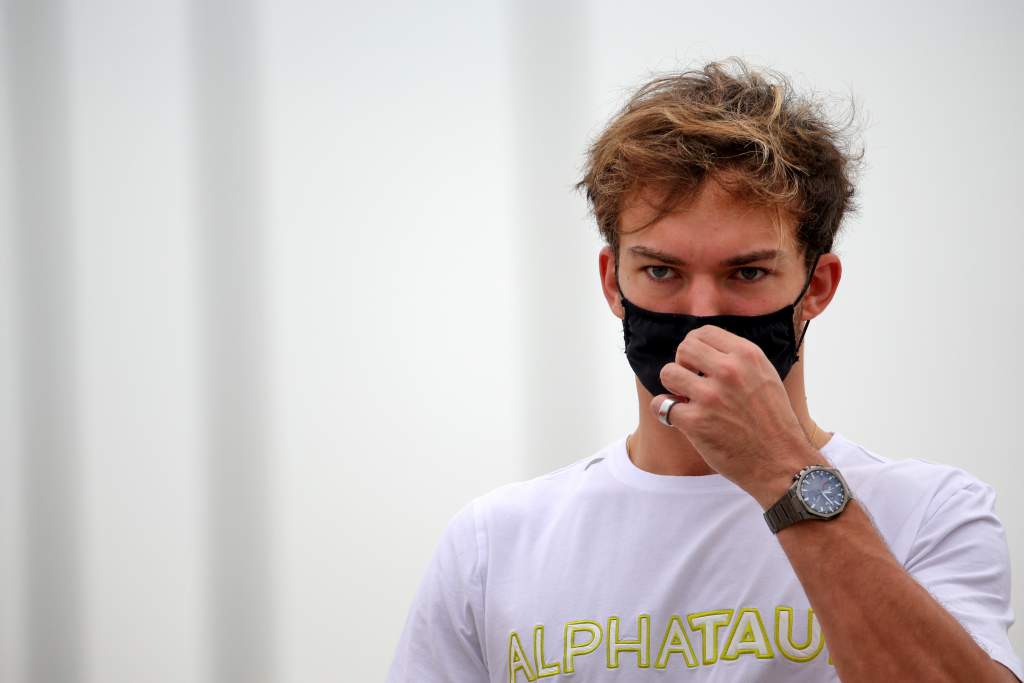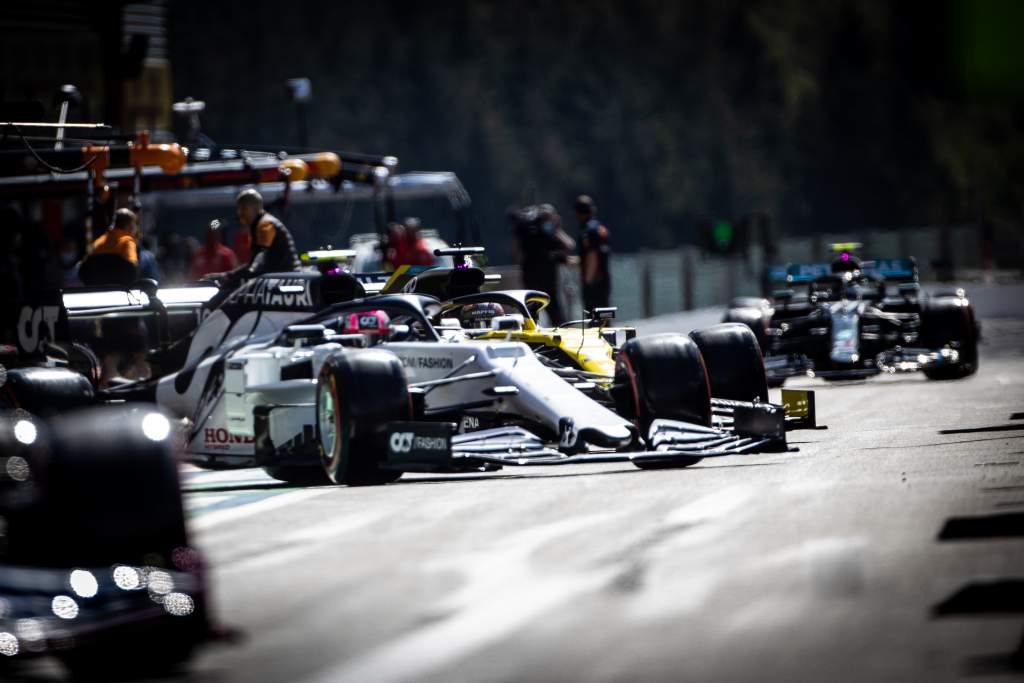Up Next

This was a historic season for the junior Red Bull team.
Its new AlphaTauri guise coincided with a year in which Pierre Gasly scored a shock grand prix victory, only the second in the team’s history and 12 years after Sebastian Vettel scored its first.
The team’s seventh place in the Formula 1 constructors’ championship actually matched its seasonal average qualifying pace.
But that seventh place was as a firmly established part of the midfield group of teams – and a long way clear of the ‘Class C’ Alfa/Haas/Williams battle at the back.
For the last six races of the season, the car was in a notable sweet spot and was right in there pitching with Renault and McLaren on outright pace.
It rubber-stamped the little team’s progress since it spearheaded the Red Bull group’s switch to Honda power in 2018. Its relationship with the motorsport arm of the Japanese giant is especially close and 2020 was all about harvesting the fruits of that.
Those fruits were:
A more intricate knowledge of the Honda power unit

Technical director Jody Eggington said: “It’s the tightest packaged car we’ve ever done, another step on from the ’19 car.
“We’re three years with Honda now and we understand what their engine wants and understand how it all works.
“Any time you’re changing power units you’re starting again. We’ve been able to refine things with lower risk.”
A Honda-specific gearbox

Part of what allowed the AT01 to be a more tightly-packaged car than its predecessor was that the gearbox provided from last year’s Red Bull was designed around the architecture of the Honda power unit with its split turbo arrangement.
That of the previous year’s Toro Rosso came from a Renault-engined Red Bull, so was longer than it needed to be.
“Because the gearbox is shorter, we’ve had a bit more freedom on chassis,” explained Egginton.
“The wheelbase didn’t change very much at all. It just gives you more freedom in tucking the radiators into the chassis, making the sidepods a lot more tightly packaged.”
Gasly’s development

Gasly became a much more consistent performer, perhaps helped by this car which gave him the front end responsiveness he sought.
“He’s always been quick,” said Eggington, “but he’s driving fantastically well.
“When he’s got the car how he wants he’s fantastically consistent.
“He’s in a really good place at the moment and he’s still getting better.
“We’ve helped him on the way because as the car’s got quicker we’ve been able to get through Q1 on one set [of tyres], which then gives him another set in Q3, which means he gets two goes at and can have a bit more of a push.
“He’s driving really well, he’s in tune with the car now, working really well with his engineer.”
Daniil Kvyat, in his final season with the team, was somewhat shaded by Gasly.
He was less comfortable with a lively rear end and needed a different feel from the steering, sending the team in two separate development paths.
Gains from existing concept

There were fruits in staying with the existing aerodynamic concept and developing it rather than switching to a more cutting edge concept in a season that turned out to have very limited development opportunities.
The AT01 retained the wide nose and inboard-loaded wing of its predecessor, very much against the direction of the senior Red Bull team which donated many of the key components (last year’s gearbox, rear suspension and internals for the front suspension).
“There was no inherent car trait limitation at any track, unlike in previous years” :: Jody Egginton
Eggington was more than happy with how productive the development path of that was.
“The front wing philosophy is not entirely different from the previous year but it keeps delivering for us so we just kept taking the gains,” he said.
“New endplate, new flap, new mainplane and just keep chipping away at it.
“The gradients in the [wind]tunnel were nice but nothing that got us fantastically excited, just little and often. That seems to work quite well for us.”
In its initial form that front end was a little weak.
“We weren’t happy with the front axle in winter testing,” explained Eggington, “and were struggling to get it to do what we wanted and the drivers were asking for slightly different things.
“So once that was done and we had a good feeling from the front, then we could really start pushing the aero balance onto the front of the car and the whole thing started to progress.
“In winter testing it took a bit of time to get our heads round this but once we’d understood it, that was one of the catalysts which helped the car, allowing us to extract more from the package.”
Previously, the Faenza cars have tended to be strong at certain types of tracks, weak at others. This was a much more rounded performer.
That was a function of some special attention in the car’s concept stage.
“As well as trying to improve the headline numbers we also worked heavily on sensitivities, trying to make the thing a bit more driveable and a bigger operating window…” said Egginton.
“In Turkey and Nurburgring we just didn’t get it right with set-up.
“But there was no inherent car trait limitation at any track, unlike in previous years.”
That all aligned with the perfect set of circumstances that day at Monza.
There was an element of luck to it but without all those gains AlphaTauri wouldn’t have been in a position to take advantage of that stroke of good fortune.




